Physiognomy has become a psychological art by which it is possible to know a person’s character and behaviour from their appearance, particularly their facial features, and even to predict their destiny. Find out here about the origins of this discipline and how to carry out a physiognomic study. You may be surprised.
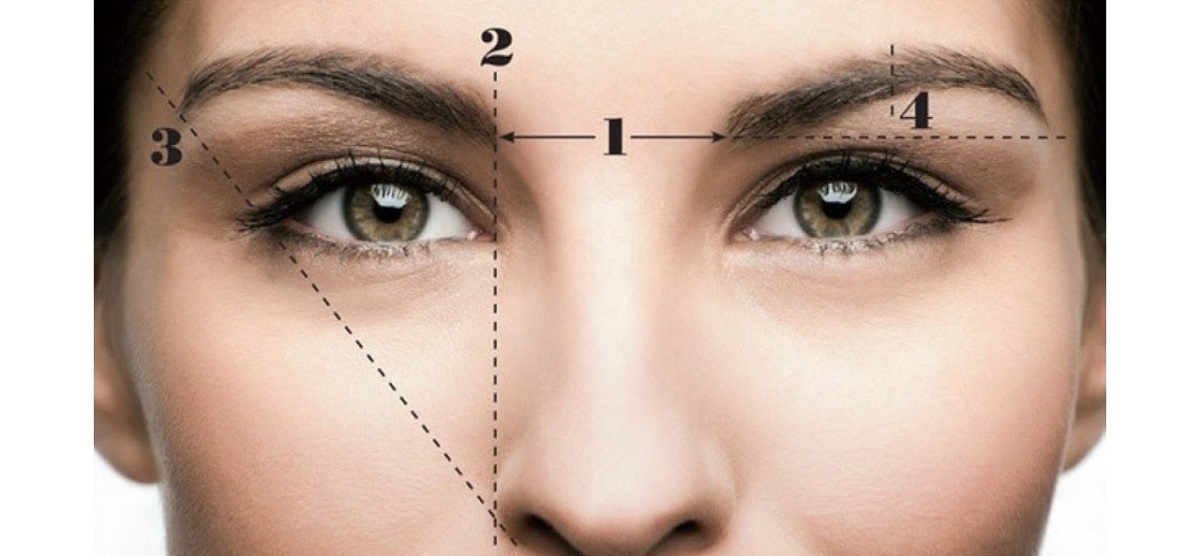
What is physiognomy?
Popular wisdom tells us that it is possible to learn many truths about people and even reveal hidden aspects of their character through certain features of their face.
And this is exactly what physiognomy teaches us, based on the idea that by studying a person’s appearance, especially their face, we can learn something about their character or personality.
Some more daring people even claim that physiognomy can be used to predict a person’s future, which has given rise to specific techniques such as metoposcopy, the art of predicting a person’s future from the stripes on their forehead.
Physiognomy is a discipline that has been called a pseudoscience because its knowledge and practices do not follow the scientific method, although its practitioners claim that it is scientific and use scientific terminology.
Many wonder how much we can learn about a person from what their face tells us?
Physiognomy has been able to develop a method for effectively studying the face and interpreting signs, gestures and marks that have allowed us to gain knowledge that can be used to establish and describe the relationship between facial features and personality.
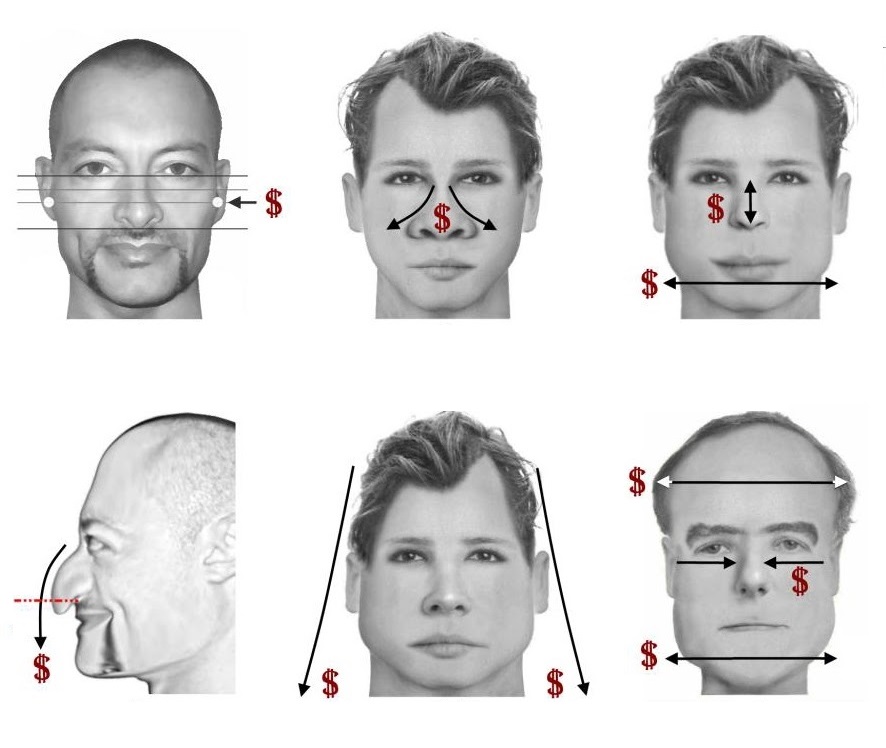
Etymologically, the term physiognomy comes from the combination of the Greek words φύσις or “physis”, which means “nature”, and γνώμη, “gnome”, which translates as “to judge” or “to interpret”, from which has been derived the term alternatively called “facial bearing”, referring to what the face contributes to a person’s temperament, and which has come down to us as physiognomy or physiognomy.
This has been defined as the discipline that analyses the “particular aspect of a person’s face”, or also “the appearance of things”. In Theocentrism you can delve deeper into this mystical discipline.
We also note that the term physiognomy is now also used in geobotany to refer to the visual appearance of a certain plant formation.
This pseudo-science is based on the idea that by studying a person’s appearance, especially their face, it is possible to predict their behaviour and future. We recommend that you read about the interesting discipline of Jainism.
In these cases, when we talk about divination, we are talking about a branch called metoposcopy, which is nothing more than the art of knowing the future of people by the stripes on their foreheads.
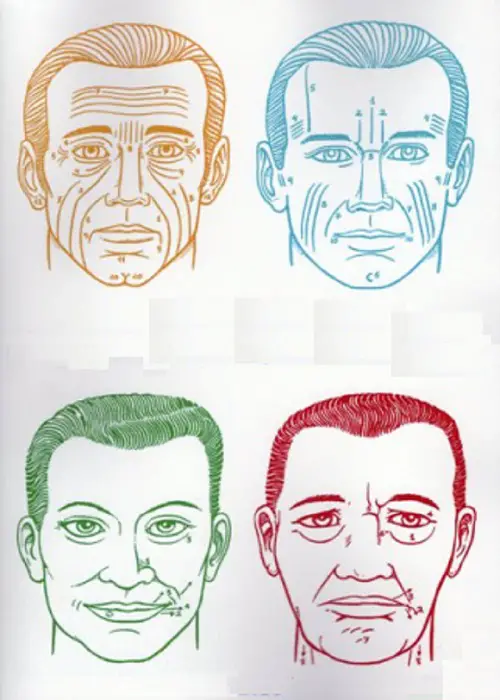
History of physiognomy
The practice of physiognomy is very old and dates back to ancient times when people tried to relate a person’s appearance to their personality in order to predict their future.
The origins
Physiognomy, the practice of analysing human behaviour from the face, dates back to the Babylonians in ancient Mesopotamia, where its proponents, using a divinatory method, believed that it was possible to predict the future of an individual by looking at his or her face.
This practice is based on texts such as the Physiognomica, a small treatise on the subject attributed to the great Aristotle, in which the relationship between the permanent and temporary physical features of an individual with his qualities and conditions of the soul is presented.
The famous Homer also mentioned physical appearance when he explained that there was a connection between the ugliness of the Trojan warrior Teress and moral vice and behaviour.
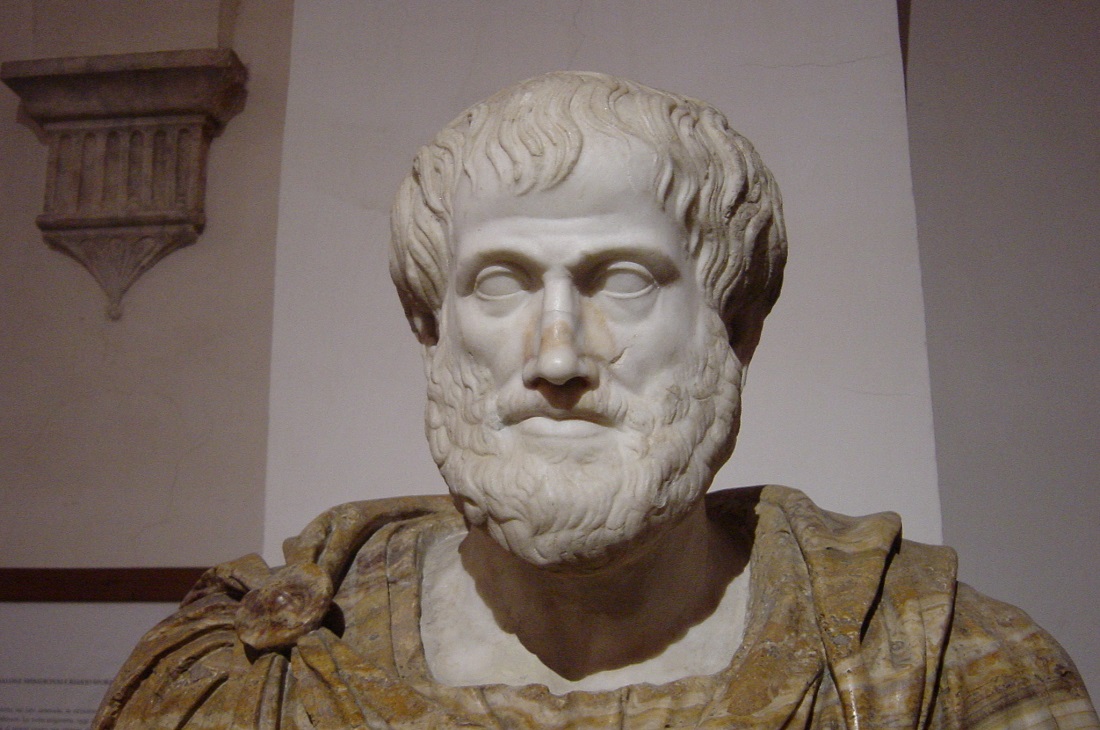
Aristóteles
This type of practice is also reported in the field of poetry, such as that of the Greek poet Semonides.
In his famous Satire on Women, Semonides compares various female characters to animals, since he believes that they are taken from fauna or the elements of nature.
This is the evidence that supports the idea that the physical can provide information about the psychological or spiritual and has its oldest roots in the East, which is important to bear in mind in order to understand how physiognomy works.
Even in ancient medicine, physicians of the time defined behaviour on the basis of muscular strength and endurance, as well as skin colour.
For example, the Greek physicians Hippocrates and Galen established a classification of characters into four groups: phlegmatic, sanguine, melancholic and choleric.
This first attempt to characterise human temperaments was called the theory of the four humours.

Pythagoras, considered to be the first pure mathematician, also expressed his opinion on the subject and has been mentioned by many authors as the first to practise physiognomy and define its basic principles.
Some historians say that in order to accept a new student or friend, the mathematician had to undergo his physiognomic test, which allowed him to know the true nature of the individual and he would not accept him in his school if he had a disproportionate head and body.
The first arguments concerning the physiognomic procedure were established in Athens by the magician Zopyrus, who was known to have mastered these “arts” in the 5th century BC. He was a contemporary of Socrates.
In the treatise written by Aristotle, because of its importance in laying the foundations of physiognomy, it is stated that physiognomy is divided into two parts, which, according to experts in the field, would have been developed as separate volumes.
The first is a review of the fundamentals derived from the observation of human nature and temperament, focusing on various aspects of the individual’s behaviour.

Pitágoras
In the second volume, the behaviour of animals is studied, and this kingdom is divided into male and female characters, from which correlations are made between the physical signs of animals and the physical signs of men, which reflect or correspond to various attitudes in human behaviour.
Aristotle’s work was followed by other studies on the subject:
- In the 2nd century BC, that of Polemon of Laodicea, Physiognomia,
- In the 4th century BC, the work of Adamantios the Sophist, Physiognomica,
- In the 4th century BC, the work of an unknown author, written in Latin, called De Physiognomonia.
Aristotle is said to have based his views on the relationship between personality and facial features on the idea that there was a close connection between body and soul in both humans and animals.
This thesis had several followers in antiquity, such as Pliny, Phaedo of Elis, Seneca, Sextus Empiricus and Cicero, etc.
Centuries later, in the Middle Ages, Avicenna and Averroes, Arab philosophers, dealt with the subject and the reference Liber ad Almansorem de Rasis remained from them.
The Spanish Middle Ages also gave an account of physiognomy in the 13th century book Poridat de poridades, which was translated into Latin and spread throughout Europe under the title Secretum secretorum, the origin of which is somewhat obscure.
This work was also known in Asia, as it appears in the Arabic book Sirr al-asrar, which appeared in the 9th century and was probably written in Syria, and in the translation into Aragonese, which was found to have been made by the Grand Master Juan Fernández de Heredia.

Sirr al-asrar
From the 13th century, there is also an anonymous work entitled De physiognomonia libellus, which was very popular as a treatise by Miguel Escoto, translator in Toledo and at the court of the Holy Roman Emperor of the Holy Roman Empire.
Later, the Italian physician, teacher and philosopher Pietro d’Abano published a compilation of physiognomy, as did William of Aragon, who also wrote on the subject, among many other authors.
With the advent of the Renaissance and its philosophy of magical and organicist thought in favour of a correspondence between the macrocosm or natural world and the microcosm of the human being, physiognomics experienced a new boom, as can be seen in works such as Gerolamo Cardano and his De metoposcopia of 1558.
However, the most convincing work on the subject was that of the Italian scientist and philosopher Giovanni Battista della Porta, whose De humana physiognomia, published in 1586, consisted of four books, expanded to six in successive editions, and was entirely devoted to the subject.
In this book, della Porta used engravings of animals to illustrate various human features and believed in the “doctrine of signatures”, referring to the physical structures of nature, including roots, stems and flowers, which he considered to be signs of their power in medicine.

Giovanni Battista della Porta
In the 16th century, transcendental changes began to take place in the discipline, when physiognomy began to be associated with palmistry and other methods of divination such as metoposcopy, according to Bartolomeo della Rocca, also known as Cocles, in his Compendium Physognomiae ac Chyromantiae of 1504.
However, this work was banned by the Inquisition, as was Johann Rosenbach von Hagen’s Introductiones apotelesmaticae in chyromantiam, physiognomiam, astrologiam naturalem in 1522, referring to the complexions he called Hominum naturas planetarum.
Many other authors of the Renaissance period devoted themselves to the study of physiognomy, presenting their approaches and tendencies:
- The priest Jean Belot with his text Instruction familière et très facile pour apprendre les sciences de chiromancie et physiognomie, in 1619.
- Honorato Nicquet with his work Physiognomia humana in 1648.
- Filippo Finella with his De planetaria naturali Phisomonia in 1649.
- Marin Cureau de la Chambree wrote L’art de connoitre les hommes in 1660.
- Le Sieur de Peruchiol wrote La Chiromance, la Physionomie et la Geomance in 1663.
In the Spanish context, El Sol solo y para todos sol, de la filosofía sagaz y anatomía de ingenios, by the Aragonese priest Esteban de Pujasol, was published in 1637.

Modern age
The practice of physiognomy fell into decline when it became associated with soothsayers, charlatans and rather buffoonish characters. However, it was revived and popularised by the Swiss shepherd Johann Caspar Lavater.
At this time it was widely used by different social classes, who adapted it to their environment.
In the 18th century, Lavater devoted his work to highlighting the qualities of the discipline and published several essays on the subject in German, which quickly became very popular and were translated into English and French.
Part of his research was based on the works of the aforementioned Italian philosopher della Porta, as well as those of the English philosopher and physician Sir Thomas Browne, whose work Religio Medici, in which the author suggests the possibility of distinguishing the inner qualities and values of a person from his or her face, was recognised and much appreciated by Lavater.
Browne also shared the ideas put forward in the writings of the Italian della Porta, including his De la Fisionomia Celestiale, in which he postulates that temperament is influenced by a person’s character and facial appearance and not by the stars, as was previously believed.
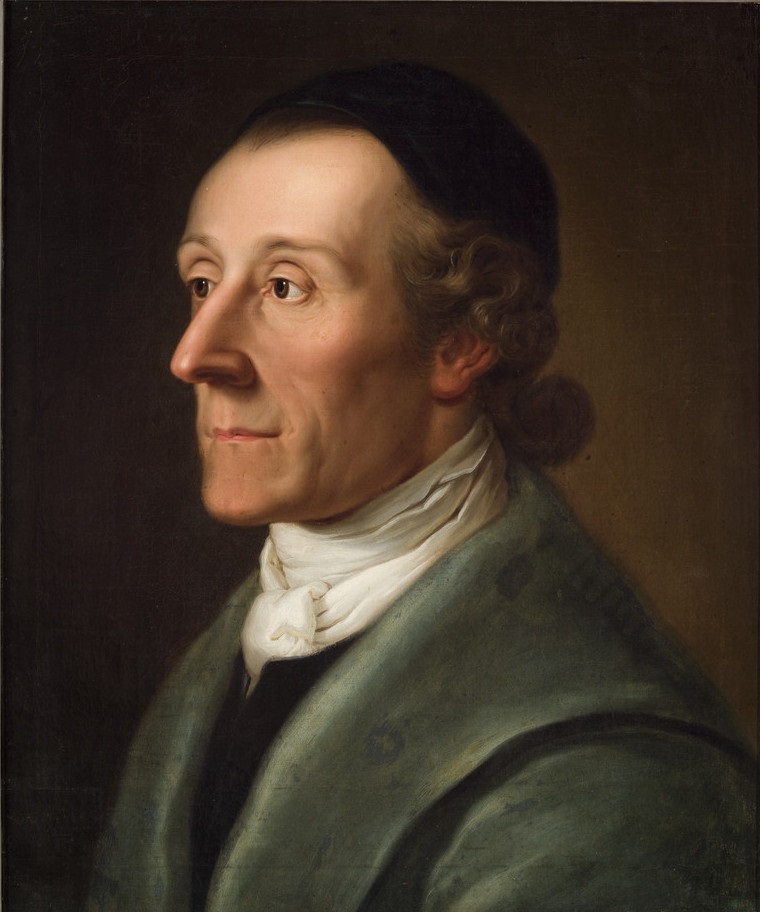
Johann Caspar Lavater
Physiognomy was also used by the painter Charles Le Brun, who included it in his famous Méthode pour apprendre à dessiner les passions, written in 1698.
In this work, he drew comparisons between human and animal expressions. In the 18th century and throughout the 19th century, physiognomy gradually gained ground in popular taste.
In the biological and medical fields, it was widely promoted by Sir Charles Bell, the Scottish surgeon, physiologist and theologian, in his 1806 Essay on the Anatomy of Expression.
It was also advocated by Burgess in his 1839 work The Physiology of Blushing and by Michel Duchene in his 1862 work Mechanisms of Human Physiognomy.
All of these works in some way influenced the research of the famous Charles Darwin, who in turn supported the discipline in The Expression of the Emotions in Animals and Man, published in 1872.
In this work, Darwin reinforced the ideas of the naturalist, anthropologist and philosopher Herbert Spencer to explain the evolutionary relationship between facial expressions and muscle function.
In his view, there are a number of muscles associated with emotions, activities and moods that, when activated, cause changes in facial features.
This gives rise to expressions of surprise, fear, anxiety, satisfaction, amazement, etc., which provide some information about character. These studies have also influenced the work of many realist and naturalist novelists.
The work of the French novelist Honoré de Balzac stands out, as well as that of portrait painters such as Joseph Ducreux, a French portrait painter at the court of Louis XVI.
In the United Kingdom, the so-called “Norwich connection of physiognomy” originated at this time, based on the writings of Amelia Opie, an English Romantic writer of the 19th century, and the English linguist and writer George Borrow.

Many other famous writers of the period described their characters by alluding to their temperament and physical appearance, as can be seen in the famous works of the extraordinary British writer Charles Dickens, the English naturalist and novelist Thomas Hardy and Charlotte Brontë, the English writer and sister of fellow writers Anne and Emily Brontë.
Even in American literature of that century, Edgar Allan Poe, the famous American writer, critic and poet, uses physiognomy in his stories.
In this modern age, physiognomy was linked to the ancient pseudo-science of phrenology, which claimed to be able to determine a person’s character, personality and criminal tendencies from the shape of their features, skull and head. Today, phrenology is no longer valid.
It was developed in 1800 by the German anatomist and physiologist Franz Joseph Gall and the German physician Johann Spurzheim and was popular in 19th century Europe and the United States.
It focused mainly on the appearance and shape of the head, based on the assumption that the disproportionate development of brain sections influenced the shape of the skull and character.

Similarly, physiognomy was linked to criminal anthropology, the branch of criminology that analyses and relates anthropological aspects to criminal activity, promoted by Ezechia Marco Lombroso, better known by the pseudonym Cesare Lombroso, a criminologist and medical doctor, founder of the positivist school of criminology.
Lombroso achieved some notoriety at the end of the 19th century, which linked him to the racism that developed at the beginning of the 20th century.
20th and 21st centuries
The manifestations of facial and bodily features continued to be studied in modern psychology, in terms of the theory of personality types based on physiognomy.
Other pseudo-scientific arguments have also gained acceptance, such as neuro-linguistic programming, an approach to communication, psychotherapy and personal development developed in the 1970s in the United States by Richard Bandler, a psychology modeller, and John Grinder, a linguist.
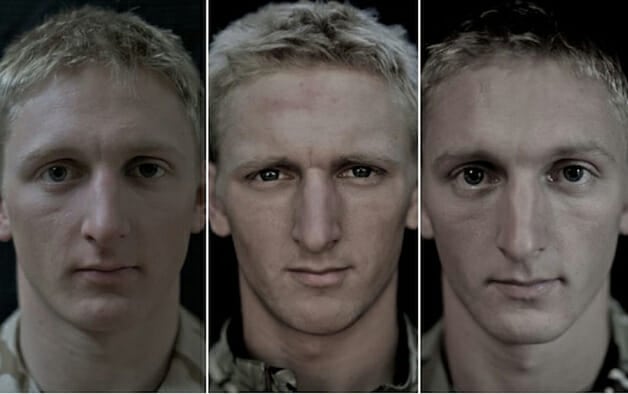
This theory refers to physical and ocular expressions and their relationship to linguistic styles, which allow us to classify people’s mental strategies and ways of thinking.
It should be noted, however, that in the 20th century physiognomy was virtually assimilated by characterology, or the study of character.
The term characterology was proposed by the German philosopher Julius Bahnsen to refer to the construction of typologies and theories of human character. This assimilation can be seen, for example, in the work of the German psychiatrist and neurologist Ernst Kretschmer.
Also in those developed by the French philosopher Gaston Berger, based on the characterological theory of Renne Le Senne.
It also includes the work of the American psychologist William Herbert Sheldon, founder of the theory of somatotypes, which sought to relate body type to behaviour, intelligence and social class.
Throughout these centuries, studies have been carried out on the correlation between IQ and cranial volume, although the theory behind them has not been fully accepted by the scientific community.
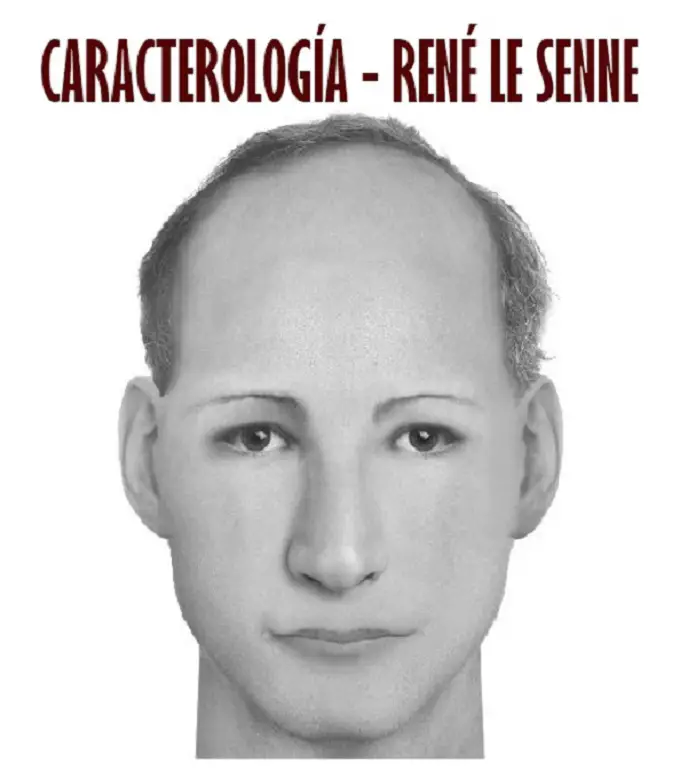
The theory is based on the relationship between levels of the sex steroid hormone testosterone, which has been linked to aggressiveness, and physical characteristics such as a prominent jaw and long fingers, as well as the influence of other hormones on physical and psychological appearance.
How is this study carried out?
Physiognomy says that everything is written on our face, so by studying the individual features we can know and understand our personality, character, qualities, the reasons for our reactions and conflicts, as well as our intellectual abilities.
This so-called science tries to discover the relationship between the face and the personality through tests or observations of the features and, as has been said, to guess the destiny of the individual.
Experts point out that, thanks to physiognomy, it is possible to establish certain patterns that show the main characteristics of personality and character, and that it is possible to learn more about a person just by observing the outstanding features of his or her face.
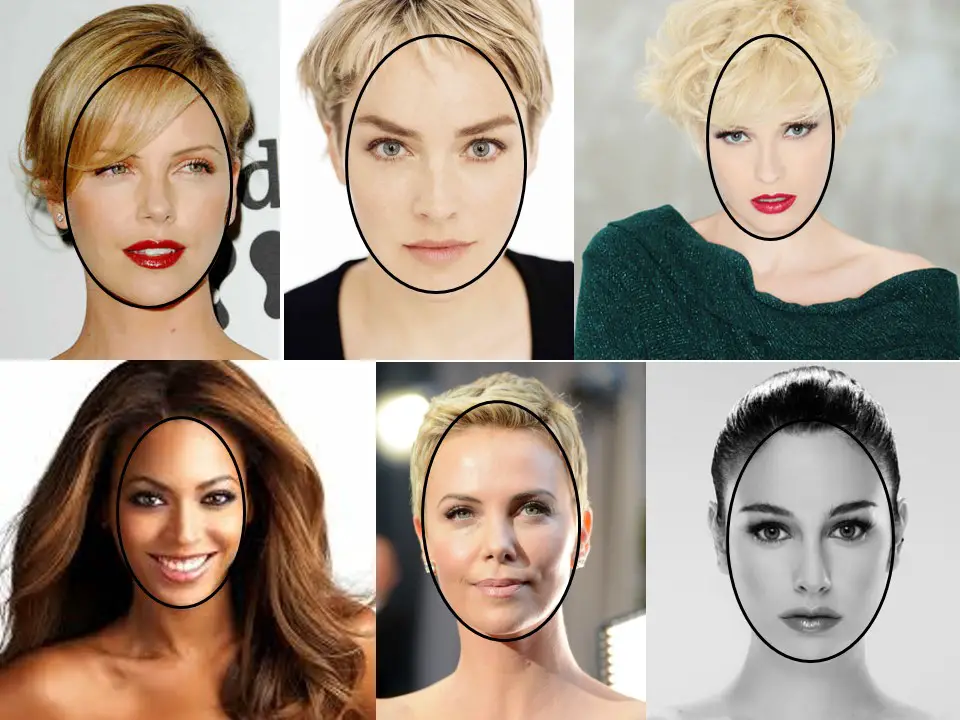
The study analyses each of the facial features that give precise information about the temperament and quality of the person. So we have:
- Hairline reveals abstract intellectual capacity.
- The shape of the eyes indicates concrete intellectual capacity.
- The nose shows what the person’s emotions are like.
- The frontal profile shows the intuitive ability.
- The mouth defines what the person is like instinctively.
- The horizontal shape of the face indicates what the person is like inwardly.
- Face shape vertically expresses the will to achieve.
Likewise, the shape of the face in general shows characteristics that reveal traits of our personality.
Thus, if we look closely at a person we do not know, just by looking at his features, without speaking, we can perceive his nature from some of his features and know if he has a bad character or if he is a gentle person.
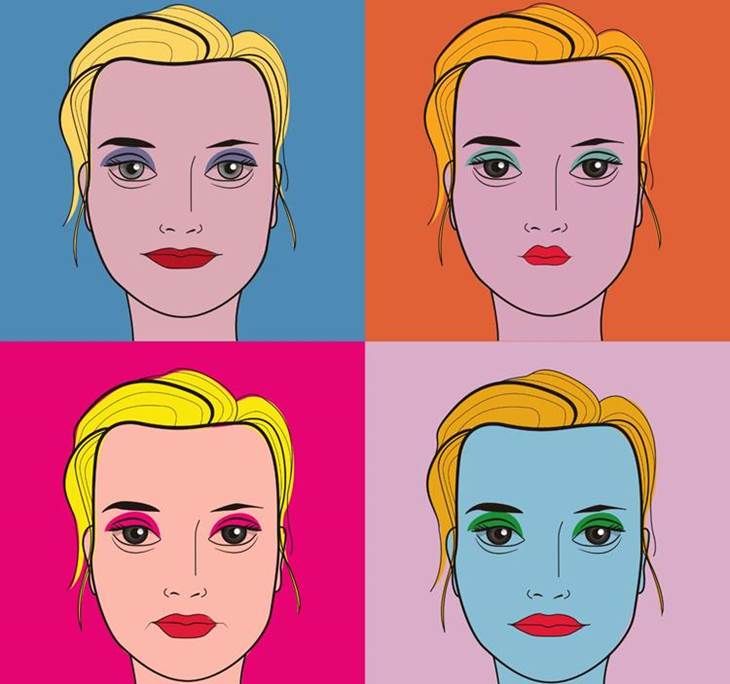
But we can also glean information from the shape of the face. Here are the six most popular face shapes and what they tell us about personality and behaviour.
- The triangular face tells us that this is a very active, dynamic person who is always on the go, although it also means that they are nervous and anxious. They are very perceptive and seek answers and results from what they do.
- The square face refers to stubborn and obstinate people, but determined, hardworking and practical. They have clearly defined goals and tasks.
- Oblong face. These are sensitive people who are easily excited, but tend to become irascible and aggressive when disappointed.
- Round face. These are placid people who are not easily upset, are generally amused and like valuable and luxurious objects. They do not get involved in conflict situations because they like to feel safe.
- Broad face. These are people of great strength and energy, always in the vanguard, communicative and open about their feelings. They can be said to be the leaders, so they develop social skills and are likely to attract the opposite sex.
- Rectangular face. These people are very confident in their behaviour and make their presence felt around them. They are reliable in their commitments, loyal and good friends.
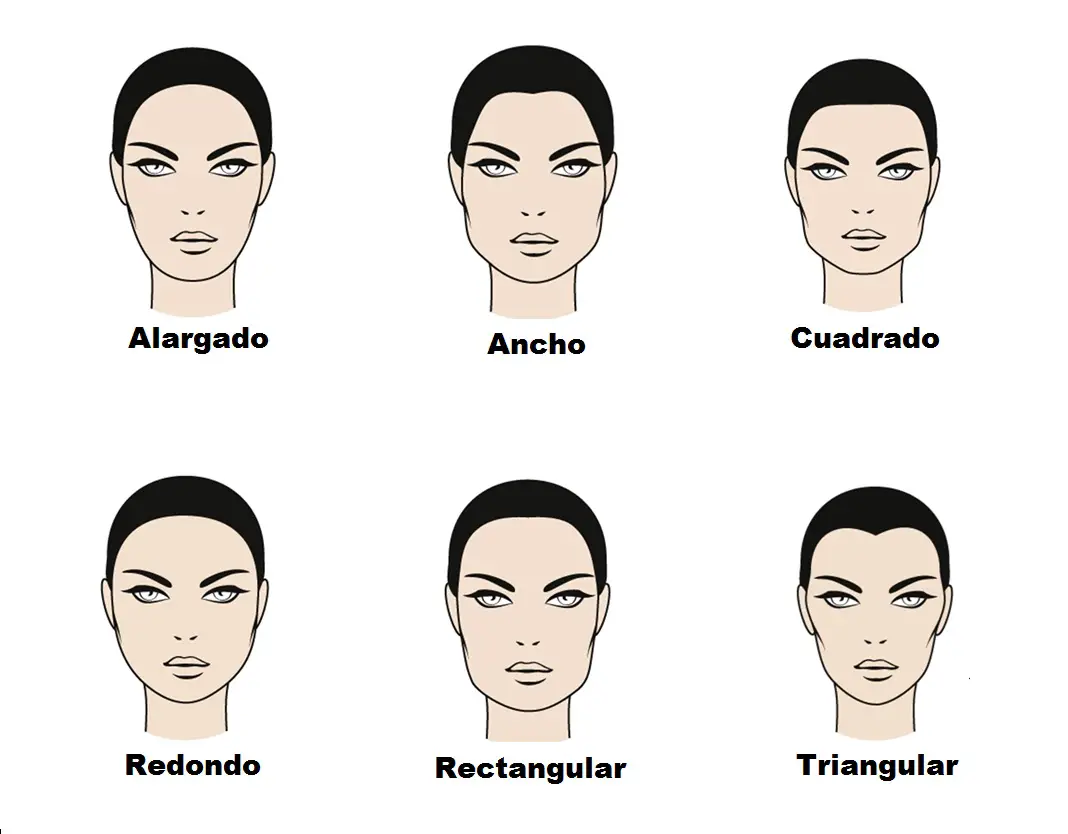
It is from this exhaustive observation that the contributions of physiognomy can be extracted:
- Defining character, i.e. how our personality expresses itself and how others see us.
- Understanding the reasons for certain conflicting reactions that lead to problematic relationships and how to resolve them.
- To increase self-esteem by learning more about one’s true abilities.
- To improve relationships between people.
- Understanding why some emotions are out of control and how to learn to control them.
- How to better understand your partner, children, relatives, friends, etc.
- Knowing how to choose the right career according to our abilities.

This study can be very useful in a variety of situations, both on a personal and professional level. Among the many applications in which we could use it are
- Compatibility between partners and family members, understanding their reactions.
- Making transcendental decisions.
- Dealing with conflict situations.
- Understanding lies and deception.
- Facilitating communication with new acquaintances.
- Improve relationships with superiors or subordinates.
- Improving sales or commercial skills.
- Recruiting new employees.
- Selecting employees for promotion or advancement.
- Deciding whether to accept a new job or position.
- Effectively managing relationships with partners or shareholders.
- Early detection of latent illness or disease.
- Better self-awareness of skills, talents and goals to pursue.
- Discovering your purpose or possible future.





